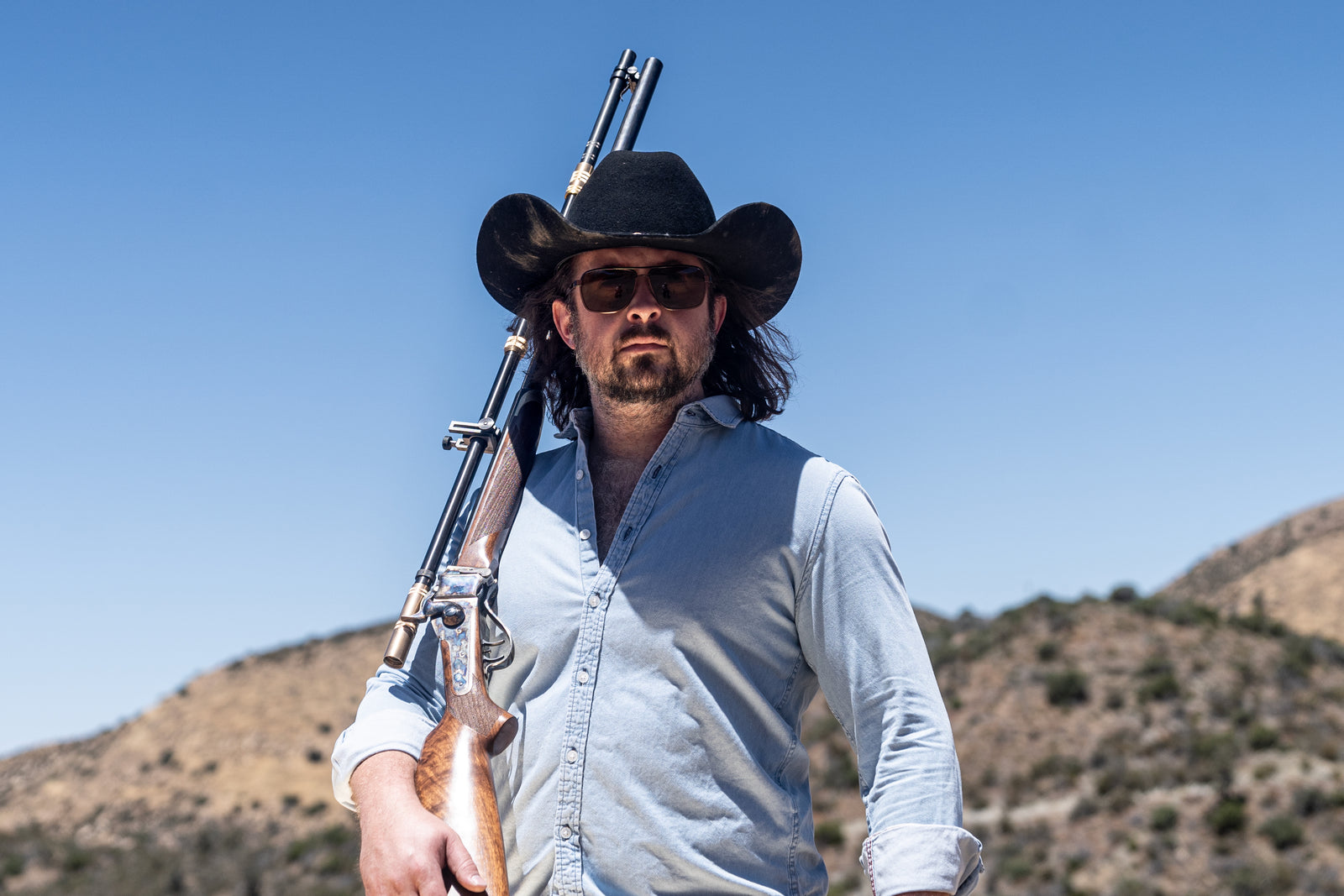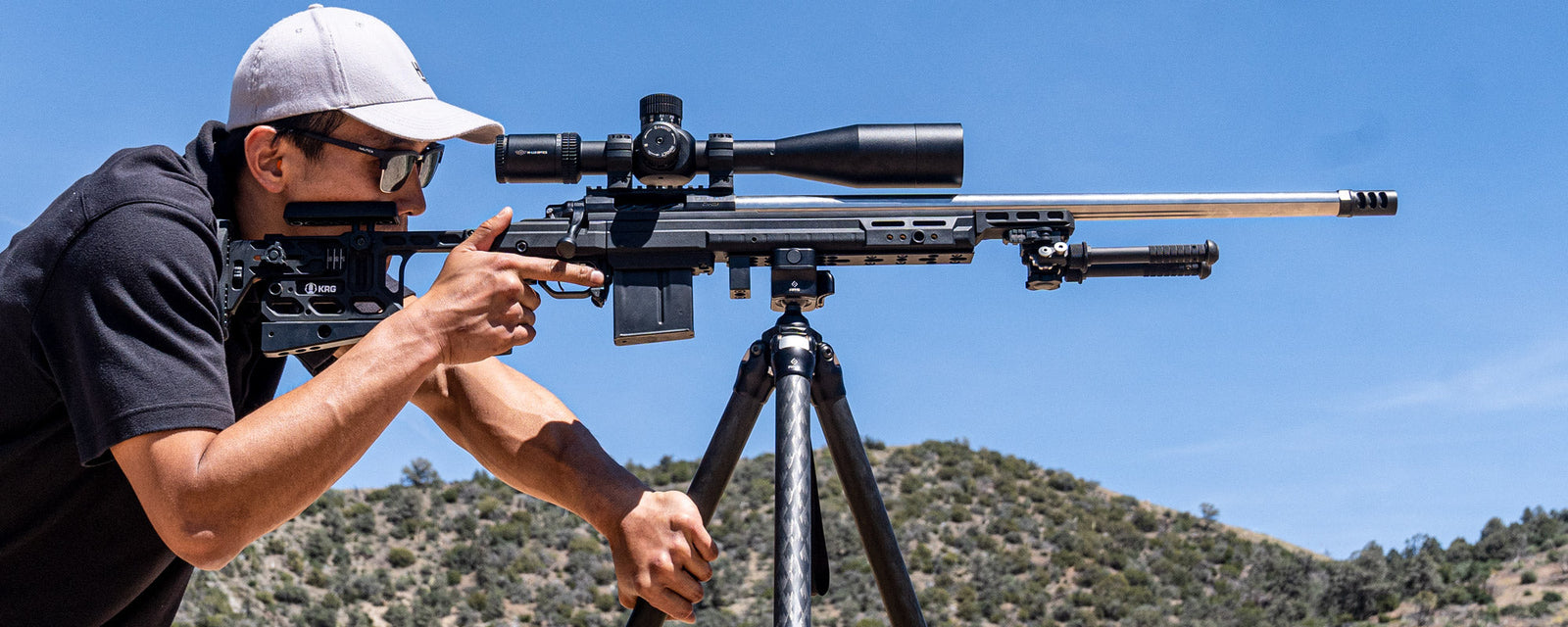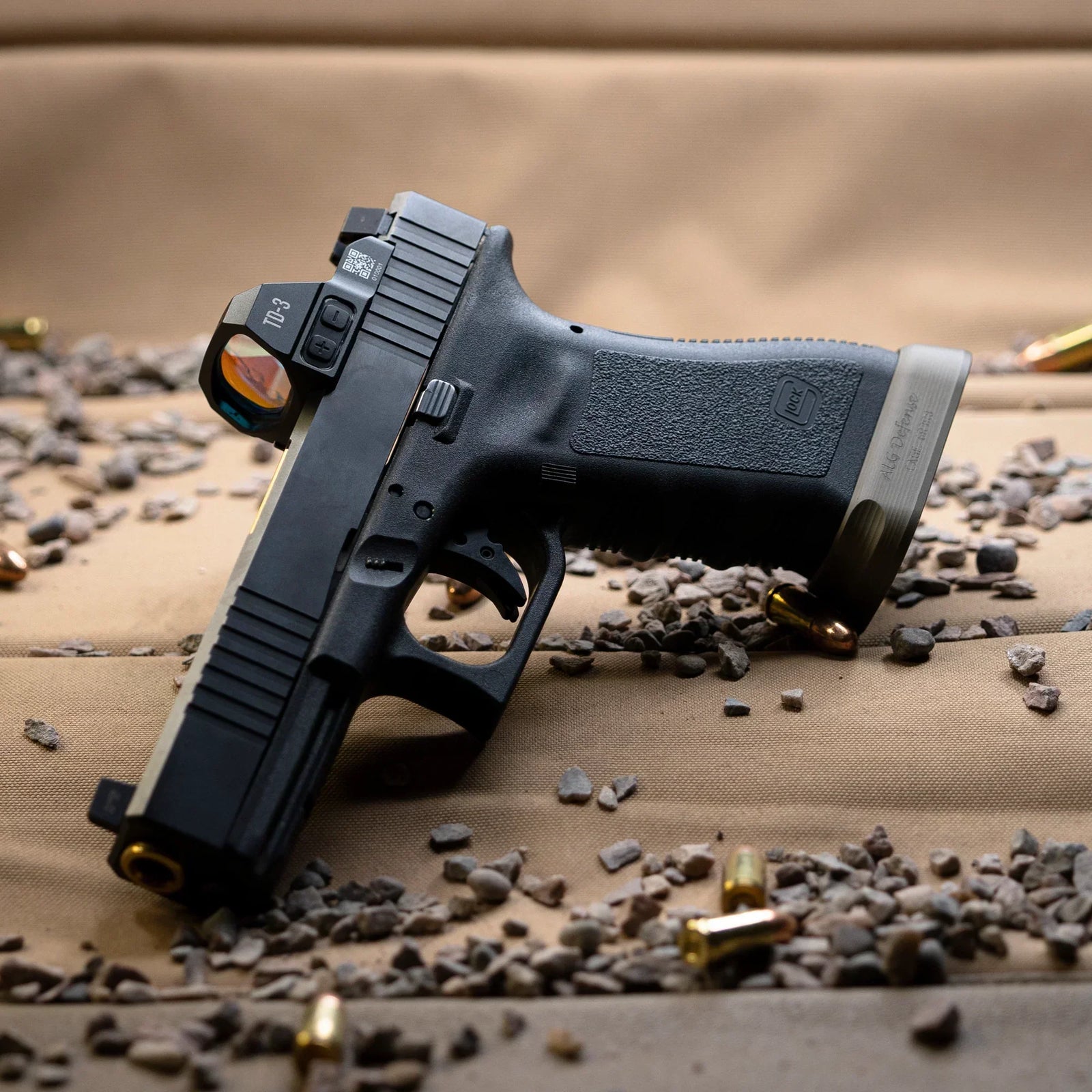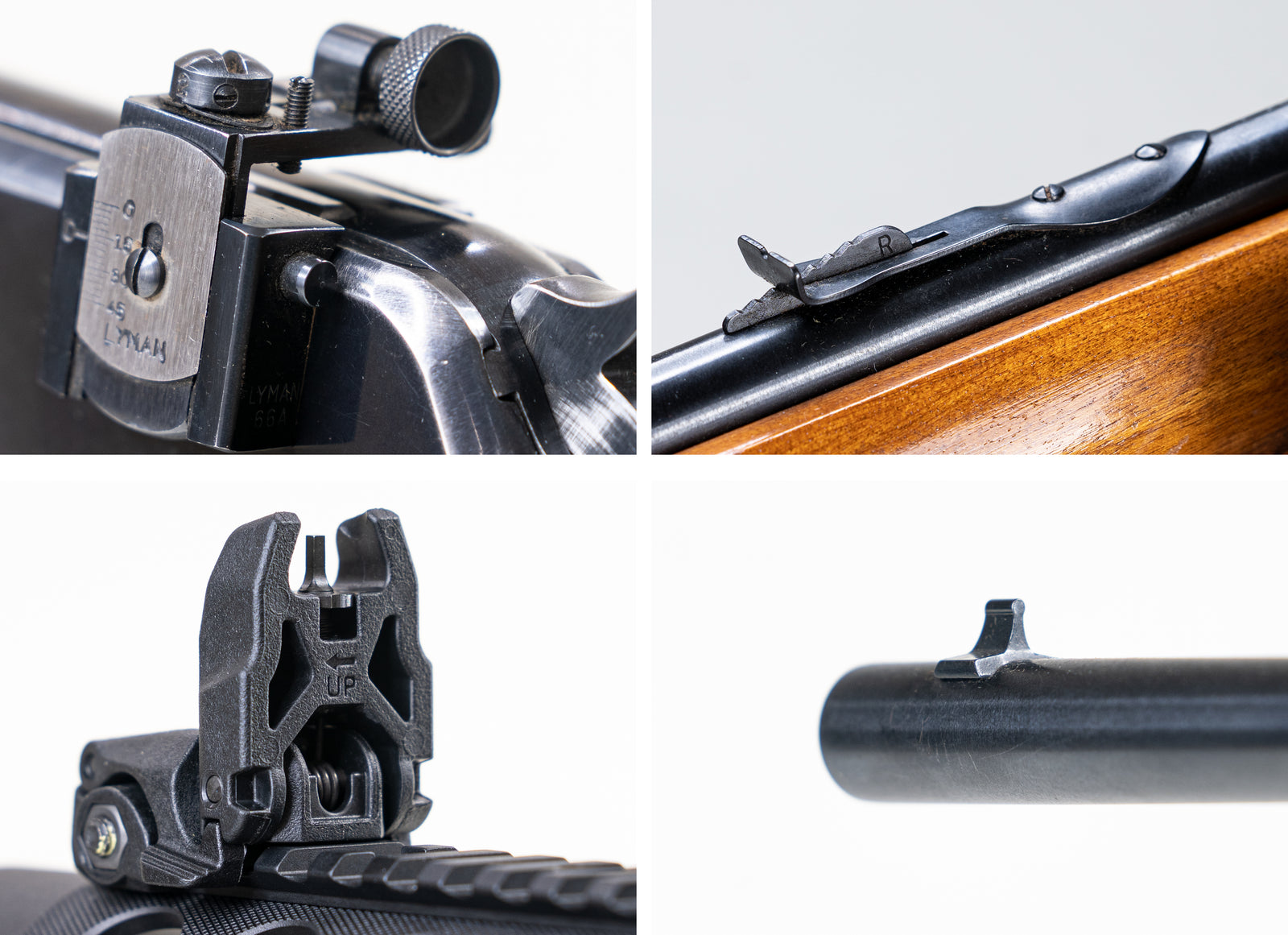If you point your rifle directly at the center of your target - and I mean the line of the bore pointing right at the center of that piece of paper - the bullet likely will not actually hit the center. Instead, it’ll hit a bit below the center, or very far below it depending on the distance to the target.
Now let’s imagine you’re pointing this rifle at the center of a deer’s heart. You don’t have to hit the heart exactly in the center in order to put meat on the table. Instead, there’s a vital zone or vital radius where your bullet will still have an effect. For this example, let’s say the vital zone is 4 inches in radius.
To determine the maximum point blank range - the maximum distance where you can point the center of the bore right at the center of the target and still expect to hit within the vital zone - we’ll need to run some numbers. If you fire, the bullet will go forward very fast and fall at a steady rate. It may be buffeted side to side by wind, but it will largely only care about gravity this early on in the game. We need to know how far it can go forward before it’s fallen a chosen radius from the line of bore.
The vital zone can vary from animal to animal, so using this as a comparison between different cartridges means you’re going to have to check against a consistent vital zone. If you’re hunting deer, let’s go ahead and call that vital zone 8 inches in diameter. Aim small, miss small, right? That makes the radius 4 inches. How far can the bullet go before it drops 4 inches from the line of bore?

The general idea behind point blank range. The rifle is pointing right at the center of the target, level with the ground. How far can the bullet go before it falls outside the vital zone?
Examples of Point Blank Range
I’ll use my favorite cartridge as a demonstration: .45-70 (nominal diameter 0.458”), 1328 fps, 405gr bullet, BC of 0.281.
Running the numbers through JBM ballistics, I get a maximum point blank range of 153 yards. I could technically point the barrel right at the center of the deer’s vital zone, pull the trigger, and not need to worry about aiming up unless the deer is more than 153 yards away. Of course, I would likely aim up a bit anyway just to make sure the bullet hits closer to the center. This vital zone is only 8” across, so there isn’t much room for error at the greater distances.
Let’s contrast this with the 6.5mm Creedmoor round in a heavy precision rifle; BC of .580! My poor .45-70 loses speed much more quickly. Bullet weight of 140 grains. The caliber is 6.5mm (.2644” diameter at the grooves). Muzzle velocity of 2735 fps. At a base level, the point blank range should be about double the .45-70.
Running the numbers here, we get a PBR of 328 yards. A little more than double the distance - a doubled muzzle velocity and higher BC keep this little 6.5 in the air longer.





Leave a comment (all fields required)